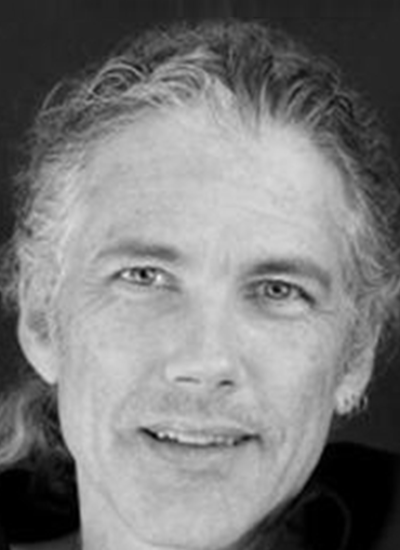Smith, R., Allen, J. J., Thayer, J. F., Fort, C., & Lane, R. D. (2014). Increased association over time between regional frontal lobe BOLD change magnitude and cardiac vagal control with sertraline treatment for major depression. Psychiatry Research: Neuroimaging, 224, 225--233.
Chambers, A. S., & J., J. (2002). Vagal tone as an indicator of treatment response in major depression. Psychophysiology, 39(6), 861-864.
PMID: 12462513;Abstract:
Increased vagal tone has been associated with treatment success using pharmacological agents and cognitive-behavioral treatment in major depression, but not using electroconvulsive therapy. The present study investigated whether increases in vagal tone would be associated with favorable treatment response with nonpharmacological treatment. At baseline and following treatment, 16 subjects were administered the Hamilton Rating Scale for Depression (HRSD) followed by electrocardiographic recording. Those with little change in vagal tone from before to after treatment showed minimal reduction in HRSD score (-48); those with larger vagal tone change showed a large decrease in HRSD score (-14.8). Changes in vagal tone are thus related to favorable treatment response in depression, and do not represent anticholinergic pharmacological effects. Future work manipulating vagal tone might prove informative in teasing apart the causal role of vagal tone and depression.
Smith, R., Allen, J. J., Thayer, J. F., & Lane, R. D. (2016). Regional Frontal Lobe Response Magnitudes During Affective Shifting Covary With Resting Heart Rate Variability in Healthy Volunteers. Journal of Psychophysiology.
Allen, J. J., Iacono, W. G., Depue, R. A., & Arbisi, P. (1993). Regional electroencephalographic asymmetries in bipolar seasonal affective disorder before and after exposure to bright light. Biological Psychiatry, 33(8-9), 642-646.
PMID: 8329494;Abstract:
Electroencephalographic (EEG) asymmetries found in nonseasonal depression were examined in seasonal affective disorder before and after bright-light exposure. Subjects with seasonal depression demonstrated the expected pattern of frontal asymmetry both when depressed and following light-induced remission. Right-hemisphere EEG coherence, by contrast, served as a state-dependent indicator of seasonal depression. © 1993.
Velo, J. R., Stewart, J. L., Hasler, B. P., Towers, D. N., & Allen, J. J. (2012). Should it matter when we record? Time of year and time of day as factors influencing frontal EEG asymmetry. Biological Psychology, 91(2), 283-291.
PMID: 22867950;PMCID: PMC3530616;Abstract:
Resting frontal encephalographic (EEG) asymmetry, often conceptualized as a trait marker for depression, is influenced by occasion-specific factors, including time of year and the time of day of the recording session as demonstrated recently (Peterson and Harmon-Jones, 2009). The current study examined the influence of seasonal and chronological variables on resting frontal asymmetry, and also assessed whether different reference montages or surface transformations were equally susceptible to these influences. In a direct replication attempt, contrary to previous findings, no simple time of year by time of day interaction was found. Time awake at recording, however, was an important moderating variable of the relationship between photoperiod and time of day. EEG asymmetry scores based on current-source density (CSD) transformed data, however, appeared less vulnerable to these influences, providing further evidence to suggest that the CSD transform may be advantageous for examining stable trait estimates of frontal EEG asymmetry. © 2012 Elsevier B.V.


